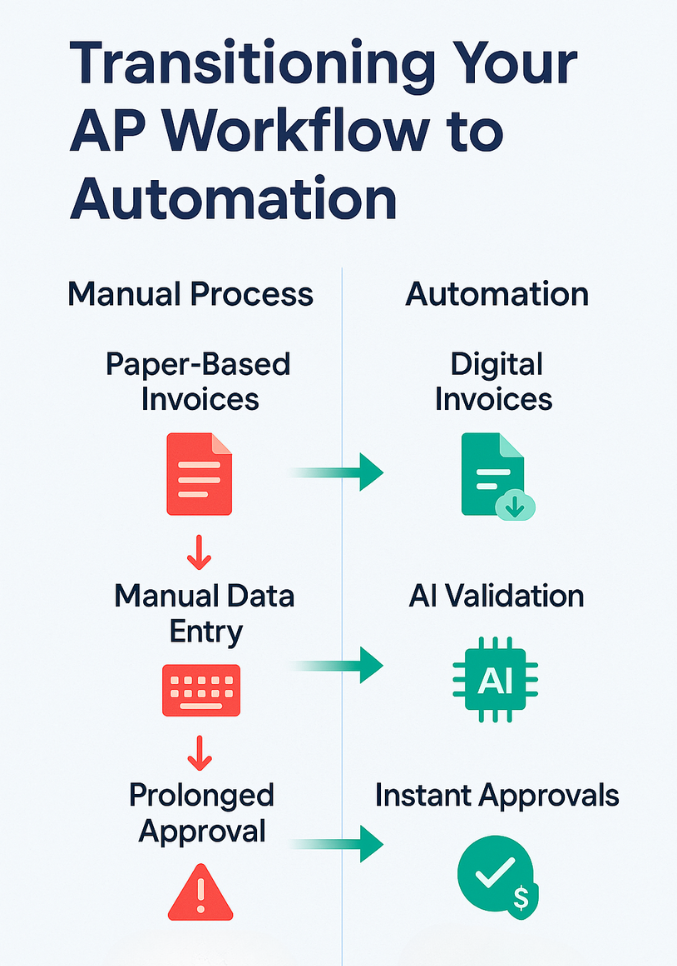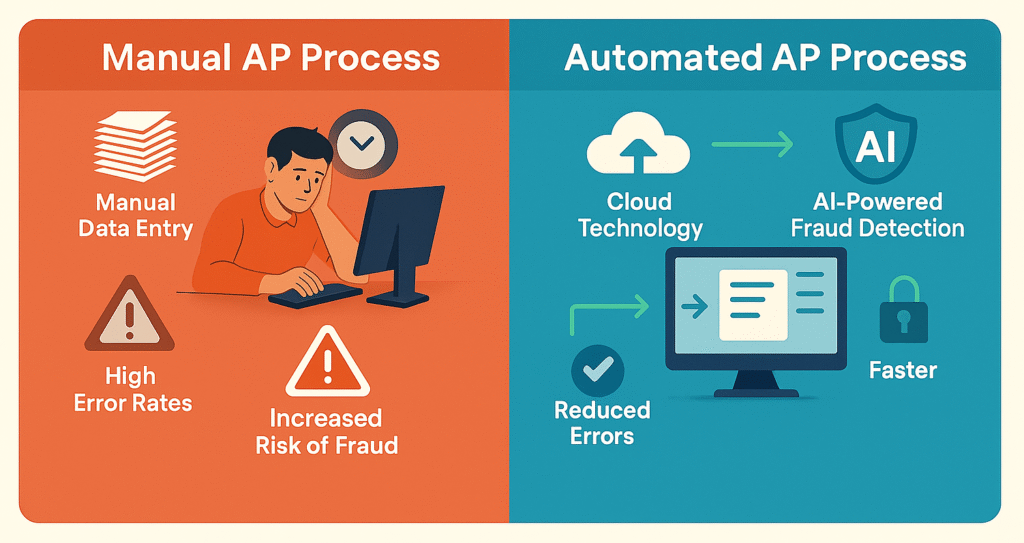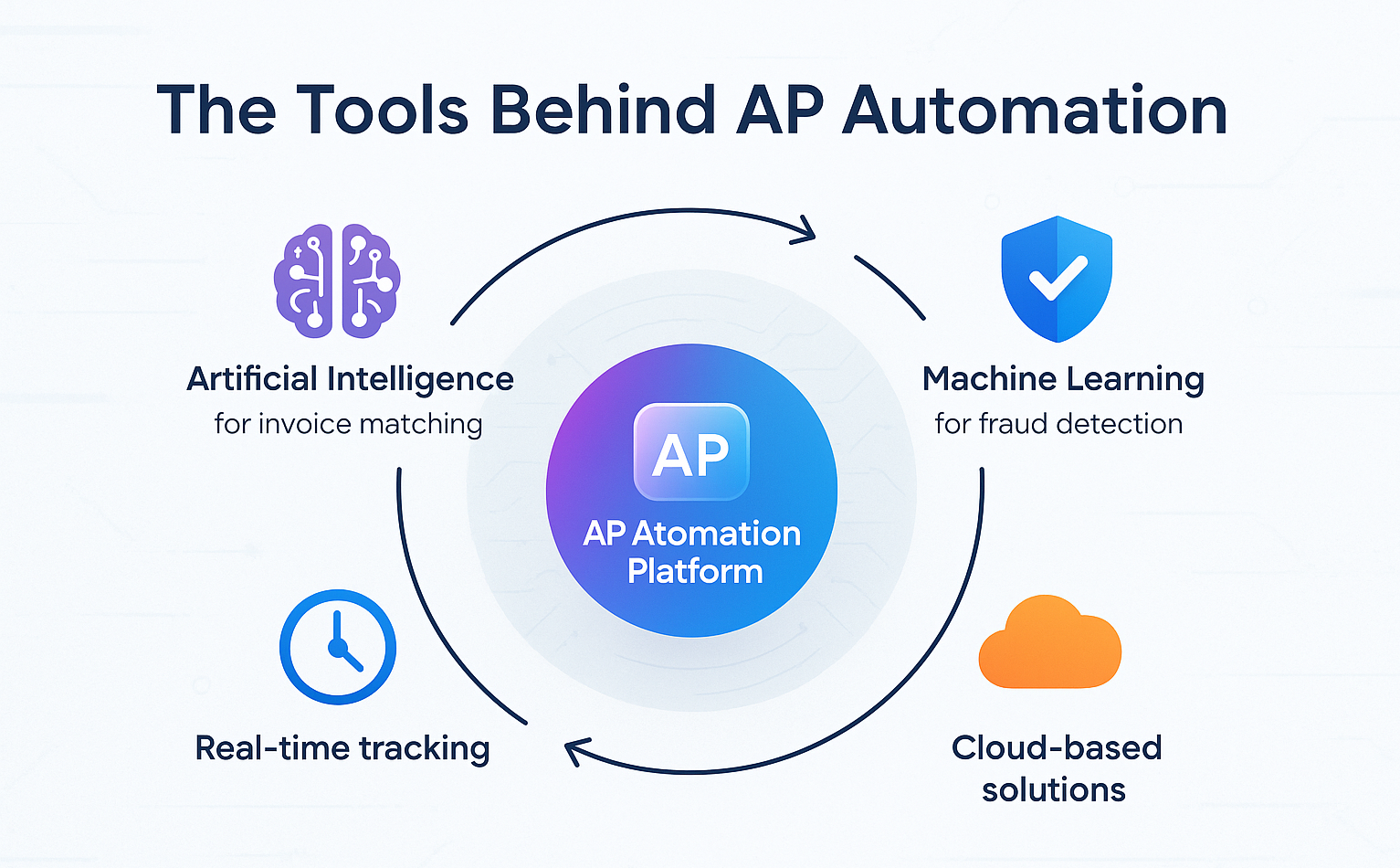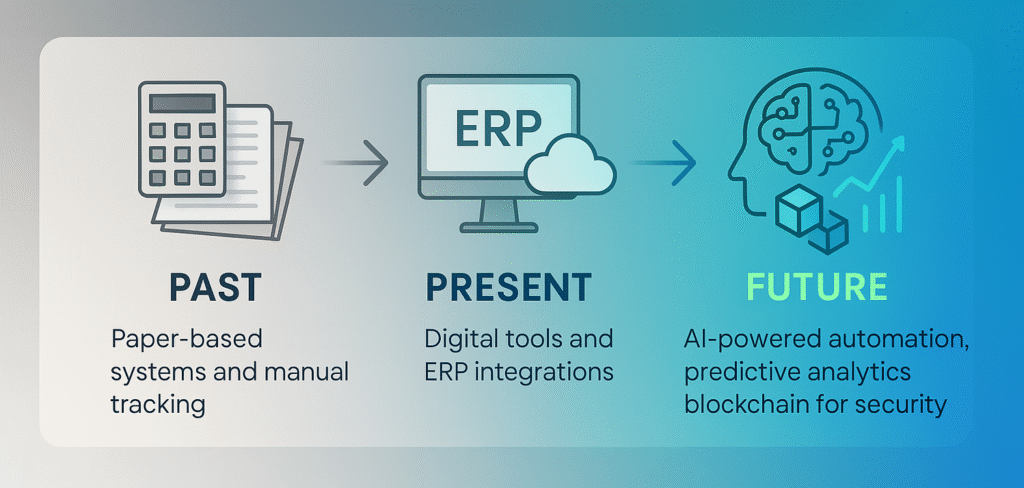The financial landscape is undergoing a profound transformation, driven by the increasing adoption of digital technologies. In today’s business world, companies must embrace digital transformation to optimize financial processes, enhance accuracy, and reduce inefficiencies. Digital tools, such as automation software and artificial intelligence (AI), allow organizations to manage accounts payable (AP) more effectively, ensuring seamless operations and better financial oversight.
With digital transformation, businesses gain a competitive advantage by eliminating outdated, manual methods and leveraging automation for smarter, data-driven decision-making. By modernizing AP workflows, companies can reduce processing costs, improve cash flow management, and maintain compliance with financial regulations.
Automating AP processes helps businesses eliminate manual tasks that often lead to inefficiencies and errors. Digital tools ensure that invoice approvals are expedited, duplicate payments are avoided, and reconciliation becomes a streamlined process. As a result, companies can enhance vendor relationships, improve accuracy, and optimize their overall financial health.


Traditional AP processes involve time-consuming activities such as paper-based invoice management, manual data entry, and prolonged approvals. These outdated workflows not only slow down financial operations but also increase the risk of errors and late payments.
Transitioning to digital accounting processes allows for real-time tracking, automated approvals, and integration with enterprise resource planning (ERP) systems. By adopting digital tools, businesses can achieve greater transparency, improve efficiency, and gain deeper insights into financial performance.
One of the key benefits of AP automation is its ability to reduce human errors. Mistakes in invoice processing, such as duplicate payments or incorrect amounts, can be costly and time-consuming to rectify. Automated AP systems eliminate these risks by validating invoice details, cross-referencing them with purchase orders, and ensuring accurate record-keeping.
Automation also reduces processing delays. In traditional AP workflows, approvals often take longer due to manual routing and miscommunications. With digital automation, invoices are automatically directed to the appropriate approvers, significantly accelerating the process and ensuring timely payments.
Managing cash flow effectively is critical to business success. AP automation helps businesses maintain better control over their cash flow by enabling real-time tracking of outstanding invoices and payment schedules. With automated reminders and scheduled payments, businesses can avoid late fees and take advantage of early payment discounts.
Additionally, AP automation enhances compliance with financial regulations by maintaining detailed audit trails and ensuring that all transactions adhere to company policies. Built-in fraud detection mechanisms also safeguard businesses from unauthorized payments and financial mismanagement.
Businesses that embrace AP automation can significantly reduce costs associated with manual processing. By eliminating paper-based workflows, reducing administrative overhead, and minimizing errors, companies save both time and money. Furthermore, automation allows for better resource allocation, ensuring that finance teams focus on strategic initiatives rather than repetitive tasks.
As businesses grow, their financial processes must scale accordingly. Traditional AP methods struggle to accommodate increasing invoice volumes and complex financial structures. Digital transformation enables organizations to expand seamlessly by automating routine processes, integrating with existing financial software, and providing real-time financial insights. Whether a company is a small business or a large enterprise, AP automation offers the flexibility to adapt to changing business needs.
Several advanced technologies are reshaping how businesses handle AP processes. These innovations ensure efficiency, security, and scalability in financial operations.
AI and machine learning play a significant role in AP automation by enabling intelligent invoice matching, fraud detection, and predictive analytics. AI-powered systems can identify discrepancies, flag suspicious transactions, and optimize financial forecasting. By leveraging AI, businesses can make more informed decisions and improve financial accuracy.

Cloud-based AP automation solutions offer businesses greater accessibility, security, and integration capabilities. By using cloud technology, finance teams can manage invoices and payments from anywhere, ensuring business continuity. Cloud-based platforms also integrate seamlessly with ERP and accounting systems, providing a unified approach to financial management.
Despite the numerous benefits of AP automation, some businesses face challenges when implementing these solutions. Common barriers include:
To overcome these challenges, businesses should follow best practices for successful AP automation adoption:

Blockchain technology is revolutionizing financial transactions by enhancing security and transparency. In AP automation, blockchain creates immutable records of transactions, reducing the risk of fraud and ensuring accurate payment processing.
Predictive analytics is becoming a game-changer in financial planning. By analyzing historical data and market trends, businesses can forecast cash flow, optimize budgeting, and make proactive financial decisions.
Transform your accounts payable processes with American Business Solutions. Streamline workflows, reduce errors, and enhance cash flow with cutting-edge automation tools.
Contact us today to learn how our AP automation solutions can drive your business’s financial success and prepare you for the future of finance!